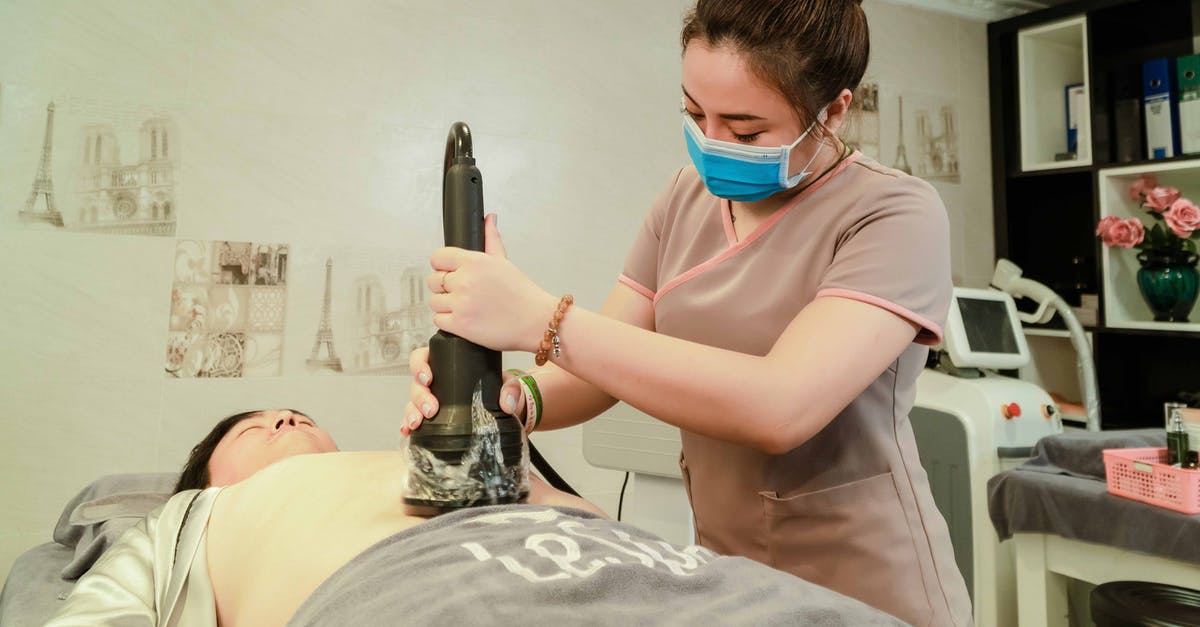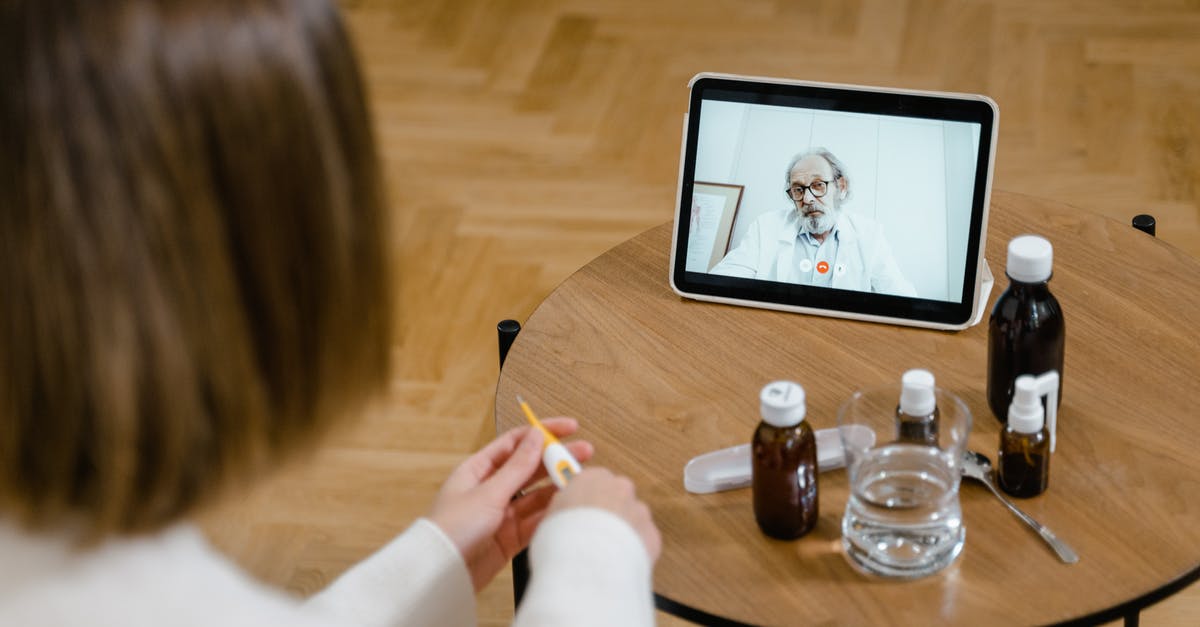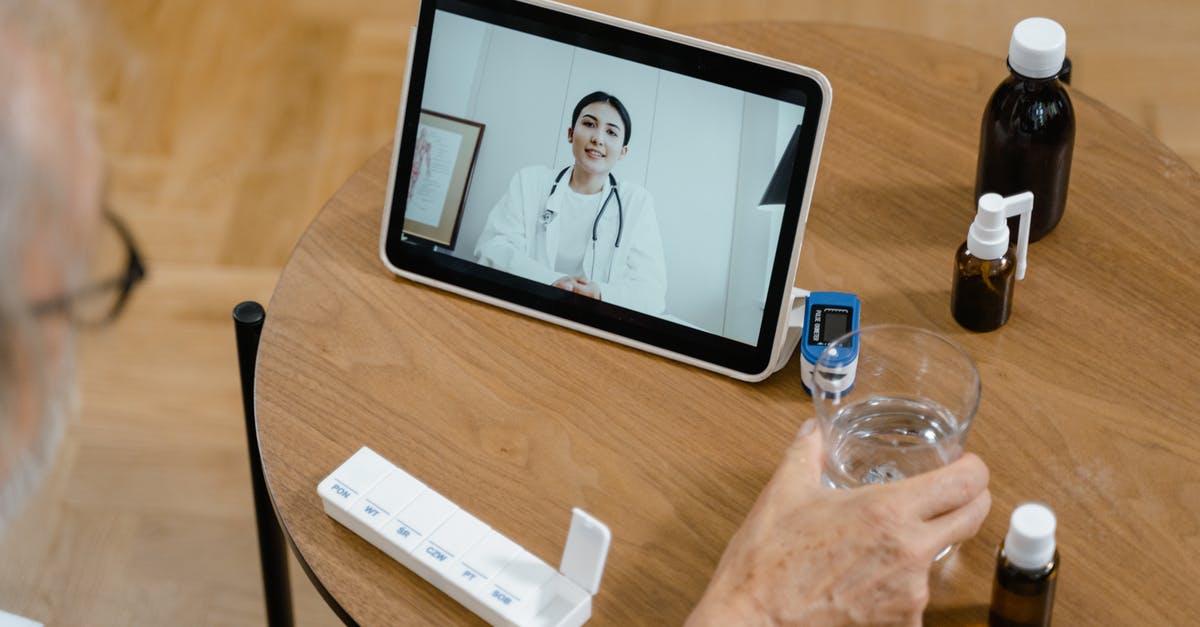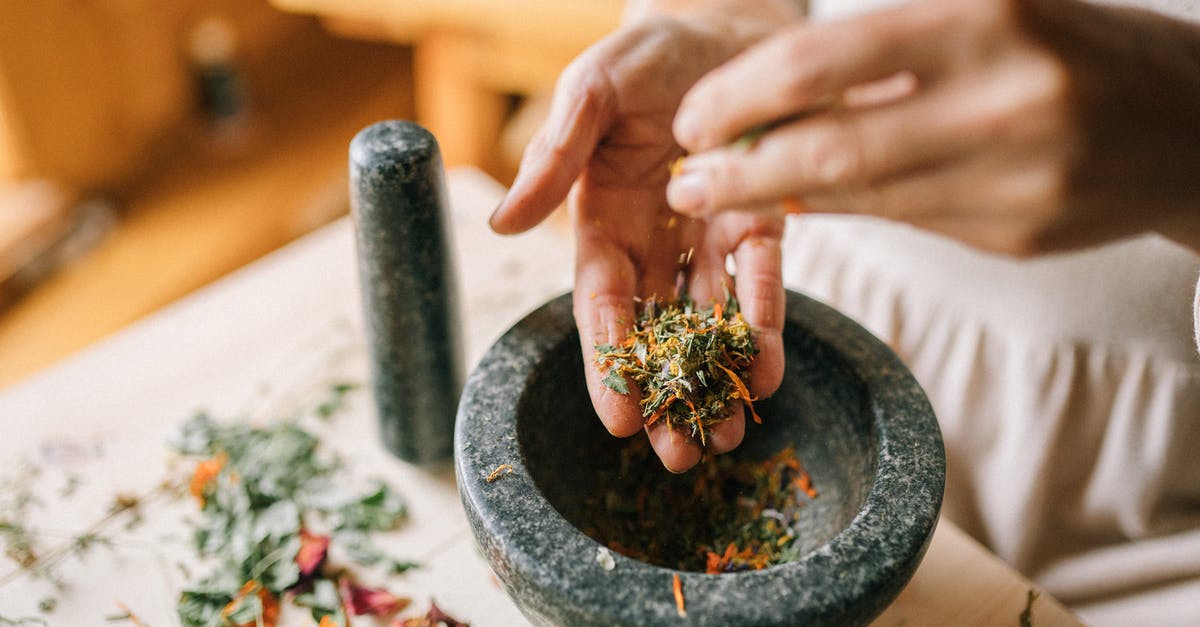What's the proper procedure of making ghee?

I'm often making ghee for my cooking. However, I've never seen how it's done, I've only read how to do it, I'm having some doubts about its preparation.
- Should heat butter slowly or fast? I saw both directions in recipes and I don't know which one is better. Or does either of them have some advantages?
When I know ghee is ready? When cooking it, it goes roughly through these phases:
- Foam is forming (and I'm collecting it and putting away).
- Foam gradually stops forming, but white pieces are floating in the liquid, I cannot see the bottom of the pot.
- The liquid becomes clear, solid whitish pieces are lying on the bottom. Small bubbles are still forming.
- As the pieces on the bottom turn dark, small bubbles eventually stop forming.
I believe the proper time is somewhere just after 3., but I'm not sure about that. I don't want it to get burned, but at the time I want it to be really pure. Some sources claim that ghee is ready when the surface becomes completely still. But this doesn't happen until all the pieces on the bottom turn dark, and I feel at this time it's like a bit burned.
- If I want to keep ghee for a long time (I've read that the older the better), what is important to be aware of in order it doesn't go bad?
I couldn't add tag ghee to the post, if someone has enough points, feel free to do it.
Best Answer
You can start it on high, until it is completely melted, and foaming, to save time. Then reduce to a slow simmer to evaporate the water.
You want all of the water to be evaporated—this is critical to the shelf life of your ghee.
This is indicated by the solids beginning to brown and the cessation of bubbles as you noted; the milk solids cannot brown until all of the water is evaporated. This is because as long as water is present, it will prevent the temperature from rising to the threshold required to brown the milk solids. Once the water is evaporated, the temperature in the pot will rise past 212 F / 100 C, and the browning can begin starting around 250 F / 120 C (IIRC).
Side note: Although I have not seen a traditional recipe recommend it, I imagine it would be very effective to use a candy or deep fry thermometer to monitor when the temperature passes 212 F / 100 C by a reasonable margin.
You will be leaving the browned milk solids behind, so they will not be in your final ghee.
This typical recipe describes this part of the process as follows:
Let the butter simmer for up to one hour. Keep an eye on it and keep the flame on your stove as low as possible. The ghee is done when you see browned butterfat caramelized on the bottom of the pan and the top portion of the ghee is clear.
To completely remove the water, you want to continue to heat, until no bubbles remain. As sarge_smith kindly points out, once the agitation from major boiling completes, and the solids settle, local conditions directly in contact with the bottom of the pan may allow some browning, while a small amount of water remains in the ghee.
Store your ghee in a sealed container not exposed to oxygen, preferably opaque or in a cabinet to prevent ultraviolet light from reaching it, both of which contribute to rancidity. Refrigerating smaller quantities doesn't hurt, but when sealed for long term storage, ghee should be shelf stable for at least a year, assuming you evaporated all of the water. Even if you are worried that some water remains, you should still easily get a month of shelf life, longer in the refrigerator.
See also: Should ghee be kept out of light?
Pictures about "What's the proper procedure of making ghee?"



What are the steps for ghee making?
How to Make Ghee (3 Easy Steps)Which method of making ghee is best?
Traditional Bilona Method of Making Ghee After boiling the milk of the desi cow to remove rawness and impurity, it is kept to cool down till it gets warm enough to make curd. Milk is then poured into earthen pots and a curd starter is added to convert the milk into curd.Do you Stir ghee when making it?
To make it: In her seminal book, Classic Indian Cooking, Julie Sahni makes ghee like this: First, melt about a pound of butter over low heat. Once the butter is melted, increase the heat to medium. The butter will foam as the moisture evaporates. You don't need to stir at this point.what. (Bo Burnham FULL SHOW HD)
Sources: Stack Exchange - This article follows the attribution requirements of Stack Exchange and is licensed under CC BY-SA 3.0.
Images: Lespa số 1 về điều trị mụn, nám, sẹo rỗ, Tima Miroshnichenko, Tima Miroshnichenko, Yan Krukov
